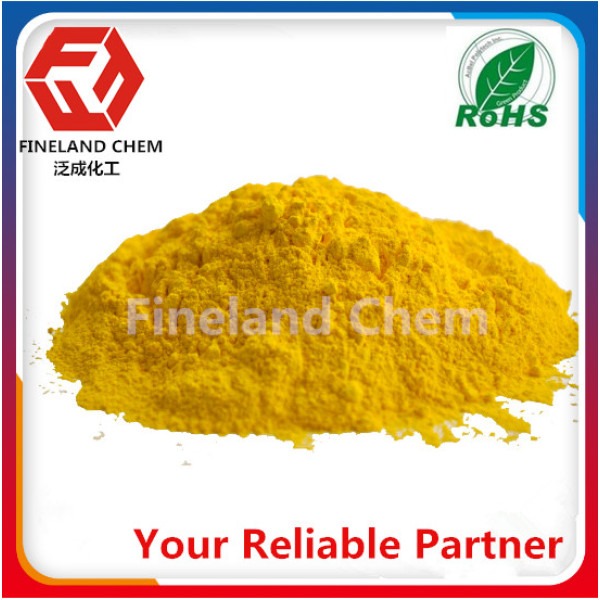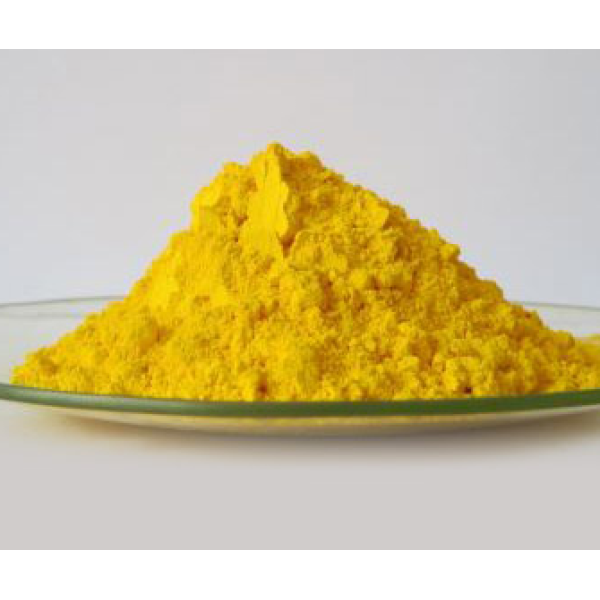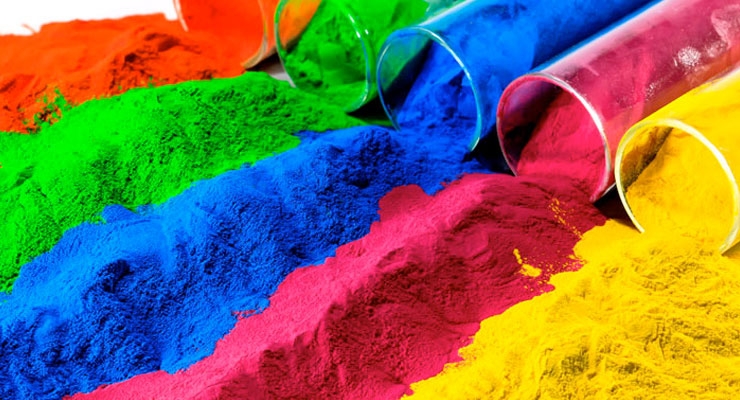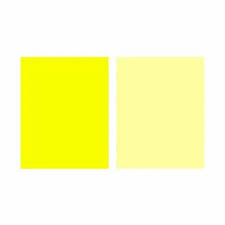PROFESSIONAL PIGMENT MANUFACTURER





|
Brand
|
Fineland Chem
|
|
Color Index
|
Pigment Yellow 17
|
|
Color Index No
|
21105
|
|
CAS No
|
4531-49-1
|
|
EC No
|
224-867-1
|
|
Chemical Group
|
Disazo
|
| Chemical Formula | C₃₄H₃₀Cl₂N₆O₆ |
This pigment finds wide use in packaging printing (nitrocellulose and polyamide inks, EVA/PE copolymer binders), in polyolefin coloration for high-temperature extrusion, and in PVC film and masterbatch applications for cable insulation. Its excellent dispersibility in vinyl acetate systems and robust thermal resistance make it suitable for coatings, printing and textile pulp coloration too.
PY17 – DuraPlast®3117-2 ⬇️TDS
It has a bright color and shows fluorescence in plastics. It is soluble in organic solvents such as butanol and xylene. It has good light and heat resistance, but poor migration resistance. Its heat – resistant temperature can reach 220 °C

|
Test Item
|
Specification
|
|
Density (g/cm3 )
|
1.30-1.55
|
|
Specific Surface Area(m2/g)
|
54-65
|
|
Oil Absorption(g/100g)
|
40-45
|
|
PH Value
|
6.0-7.5
|
|
Bulk Density (lb/gal)
|
10.8-12.9
|
|
Total impurities(ppm)
|
≤600
|
| Heat Resistance (℃) | 220 | Alkali Resistance (1-5) | 4 |
| Light Resistance (Full Shade, 1-8) | 6-7 | Migration Resistance(1-5) | 3-4 |
| Light (Reduced tinting, 1-8) | 5-6 | Ethyl Acetate (1-5) | 4 |
| Weather Resistance (1-5) | 3-4 | Ethanol (1-5) | 4 |
| Acid Resistance (1-5) | 4 | MEK (1-5) | 4 |
Printing Ink: Discover high-performance ink pigments for various printing technologies including water-based, solvent-based, offset, inkjet, UV curing, and decorative applications. More Details
Paint and Coating: Explore a wide range of coating pigments tailored for paints, oils, automotive finishes, industrial applications, concrete, cement, and ceramics. More Details
Plastic: Browse a comprehensive selection of plastic pigments designed for PE, PVC, EVA, rubber, and a variety of engineering plastics. More Details
Special Applications: Find specialized pigments offering unique effects and functionalities for textiles, resins, glazes, metallic finishes, fluorescence, and anti-corrosion needs. More Details


● 25KG Kraft Bag, 400kg/500kg Carton Box
● Lead Time: Normally around 15 days after signed contract.
Bright Greenish-Yellow Shade:
Provides a vivid, clean hue with excellent brightness and visual appeal.
Good Transparency and High Tinting Strength:
Ensures strong color development and vibrant appearance even at low pigment loadings.
Excellent Dispersibility and Processing Stability:
Performs well in various resin systems such as nitrocellulose, polyamide, and EVA copolymers.
Good Heat Resistance (220–240 °C):
Suitable for high-temperature plastic processing and extrusion applications.
Reliable Lightfastness (Grade 4–5):
Maintains color stability under light exposure for durable performance.
Good PVC Compatibility and Electrical Insulation:
Ideal for use in PVC cable sheathing and film coloration.
Cost-Effective Performance:
Combines strong color strength and durability with excellent economic value.
Pigment Yellow 17
C.I. 21105
C.I. Pigment Yellow 17
CAS 4531-49-1
P.Y. 17
Permanent Yellow GG
Benzidine Yellow GG
Pigment Yellow GG
Fast Yellow 2G
Permanent Yellow 2G
Plasco Yellow 17
Permanent Yellow GG 1124
Organic Pigment Yellow 17
Alkyd Flush(A75-1468)
Diarylide Yellow AAOA
Flexobrite Yellow AD17
Foscolor Yellow 17
Hostaprint Yellow GG31
Micronyl Yellow 2GP-AQ
Lionol Yellow FGN
Pigmatex Yellow 3G
Sunbrite Yellow 17(475~0586)
Symuler Yellow 8GTF
Copyright © 2024 Fineland Chem Co., Ltd /HangZhou FanCheng Chemical Co., Ltd.